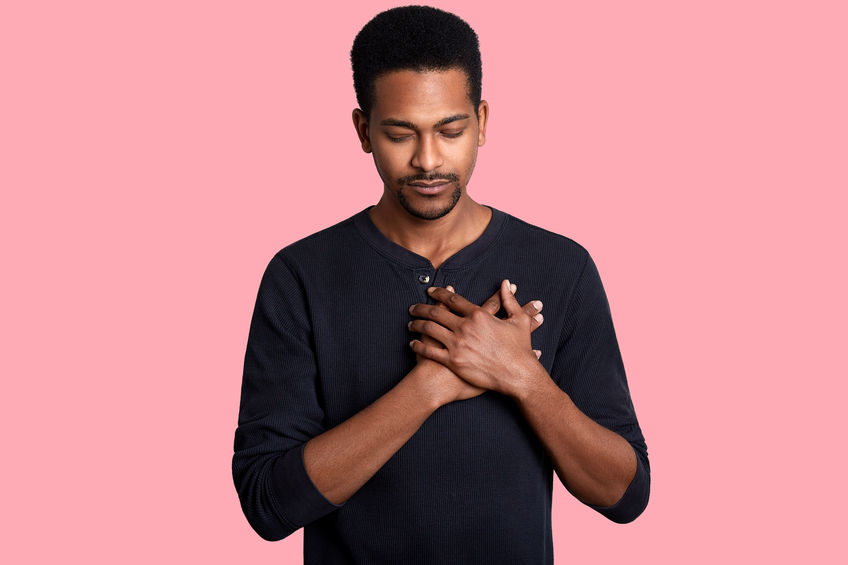When most of us think of breast cancer, we don’t usually associate the disease with men. Although it is rare, men do get breast cancer and about 390 men are diagnosed with the disease each year in the UK.

We can all support the men in our lives by encouraging them to learn about the signs and symptoms of male breast cancer. There is a significant chance of survival if the disease is detected early and it’s important to remember that anyone can get breast cancer.
Beyoncé’s father, Matthew Knowles, recently opened up about his personal battle with breast cancer. In a television interview he said he noticed a “small, recurring dot of blood” on his shirt two months ago and he immediately went to his doctor.
“It was very clear that I had breast cancer,” he said. “From a man’s perspective, I’m thinking, ‘Why me?”
The 67-year-old, record executive and businessman has since undergone surgery and is now on the road to recovery. He is now encouraging men to get checked if they notice any changes to their breasts, he said: “I’m hoping by me coming here today and speaking about it, letting folks know that you can survive this, but it has to be early detection, I can’t overemphasize the world ‘early’ enough.”
For many men, male breast cancer carries a stigma
Because breast cancer is widely seen as a female illness, men may be embarrassed about a change in their breast or chest area and put off seeing a doctor. Some men fear that people will question their masculinity.
Risk factors for male breast cancer
- Getting older
The biggest risk factor for male breast cancer is getting older. Most breast cancers are diagnosed in men between the ages of 60 and 70.
- High oestrogen levels
All men produce small amounts of the female sex hormone, oestrogen. But high oestrogen levels have been linked to a higher breast cancer risk. High oestrogen levels can occur in:
- men who are very overweight (obese)
- chronic liver conditions, such as cirrhosis
- some genetic conditions, such as Klinefelter’s syndrome
- Exposure to radiation
Men who have been exposed to radiation repeatedly, over a long period of time, are more likely to develop male breast cancer. There is a greater risk if they were exposed to radiation at a young age.
- Family members with breast cancer or a breast cancer gene
Men who have close female relatives (mothers or sisters) with breast cancer have an increased risk of breast cancer. The risk increases if the women were diagnosed below the age of 40.
Symptoms to look out for
A lump close to the nipple
According to the NHS, the most common symptom for men with breast cancer is a lump in the chest area, which is nearly always painless.
These cancerous lumps usually occur in one breast and develop under or around the nipple. They may feel hard or rubbery and do not move around within the breast.
A breast lump usually feels bumpy rather than smooth and gets bigger over time.
Oozing from the nipple
Men with breast cancer may spot oozing from the nipple. This discharge can be clear or streaked with blood and comes from the nipple without squeezing.
Inverted nipples
Another symptom is when the nipple starts turning inwards, known as an inverted nipple. The nipple may also feel sensitive or itchy.
Lumps under the arm
Swelling of the chest area and occasionally the lymph nodes under the arm may also occur. If this happens you will feel small bumps in the armpit.
A rash around the nipple
Some men with breast cancer may develop a sore or a rash around the nipple that does not go away. The nipple or surrounding skin can become hard, red or swollen.
Ulcers on the chest
Another main symptom to look out for is ulcers or sores on the chest or nipple area.
Breast Cancer Now recommends visiting your GP as soon as you notice any changes to your breast area that could correspond to the above symptoms.
This article was written by Traci Aina













